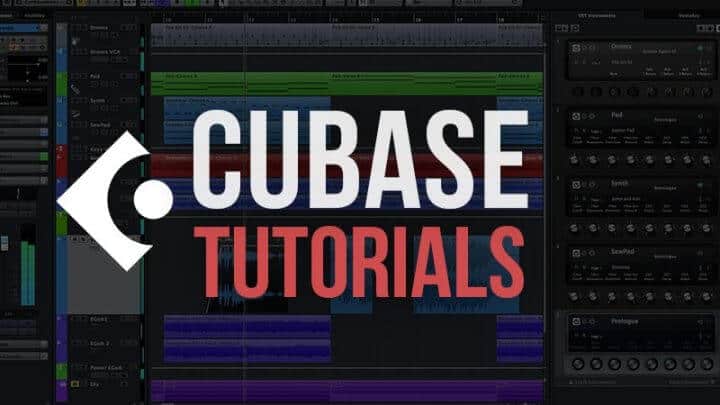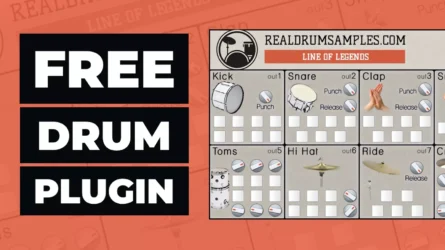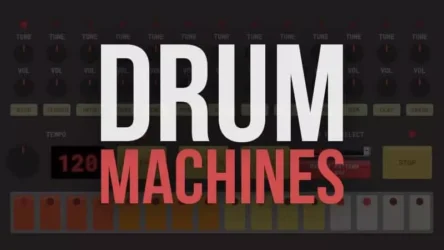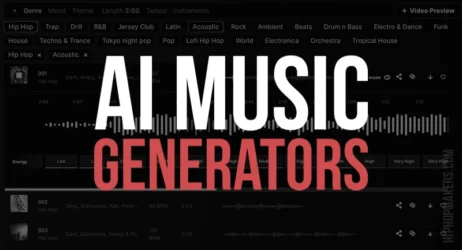Here is a beginner’s guide on how to use Cubase by Steinberg. These Cubase tutorials will show you how to record audio, use virtual instruments, mix audio, and more.
Steinberg Cubase Is a popular digital audio workstation that is great for recording music and MIDI arrangements.

Related: Music Production Courses Online
Cubase Tutorials
- Cubase Overview
- Creating Your First Project
- How to Record Audio
- How to Use Instruments
- How to Install VST Plugins
- How to Use VST Plugins
- How to Mix Audio in Cubase
- How to Use Effects
- How to Connect an Audio Interface
- Basic Pitch-Correction
- How to Record & Edit MIDI
- MIDI Tips & Tricks
- Locators
- MIDI Drums
- Automation
- How to Export
- Mastering
- Cubase Tips & Tricks
- How to Make Beats in Cubase
- How to Save Files
1. Cubase Overview
Here is a general overview of how to use Steinberg Cubase.
2. Creating Your First Project
This is a quick tutorial on how to start your first project in Cubase.
3. How to Record Audio
This video will show you how to record your first audio track in Cubase.
In Cubase you can record both vocals and live instruments.
4. How to Use Instruments
This video demonstrates how to use external MIDI instruments with Cubase.
You will learn how to record MIDI instruments and render them as audio tracks.
5. How to Install VST Plugins
This tutorial will show you how to install 3rd party VST plugins.
Related: 100+ Free VST Plugins
6. How to Use VST Plugins
This tutorial shows how to use VST instruments.
7. How to Mix Audio in Cubase
Watch this video to understand how to mix audio in Cubase.
8. How to Use Effects
This tutorial shows how to add effects in Cubase like reverb, echo, and equalizer.
9. How to Connect an Audio Interface
This tutorial will show you how to connect an audio interface to Cubase.
10. Basic Pitch-Correction
This tutorial teaches you to use pitch correction for vocals.
11. How to Record & Edit MIDI
This tutorial shows you how to record and edit MIDI notes in Cubase.
12. MIDI Tips & Tricks
This tutorial gives tips and tricks on how to edit MIDI notes.
13. Locators
The locator is a helpful feature in Cubase. They are used for recording and sections, as well as setting the range to export for final mix-down.
14. MIDI Drums
This tutorial shows the basics of how to program and use MIDI Drums.
15. Automation
In this video you will learn what automation is, and how to use it!
16. How to Export
This tutorial shows how to export your project to an MP3 file.
17. Mastering
This tutorial will show you a quick and dirty way to master your tracks in Cubase.
Mastering is the process of taking your finished mixes and adding some magic to them to make them sound more professional.
18. Cubase Tips & Tricks
This tutorial gives tips on Key Commands, Quick Controls, Quick Routing, and Etc.
19. How to Make Beats in Cubase
This Cubase tutorial teaches you how to make a Trap beat using the sampler track.
20. How to Save Files
This video is a quick tip on saving your projects in Cubase so you don’t lose your work.
Additional Beginner Guides
I hope you found these Cubase tutorials helpful.





Hi, I have downloaded Cubase 10.5.12 via astro.com.
The short cut to click into the software doesn’t created on the screen and I couldn’t find the relevant application file to start the program.
Could you please help?
Thank you.